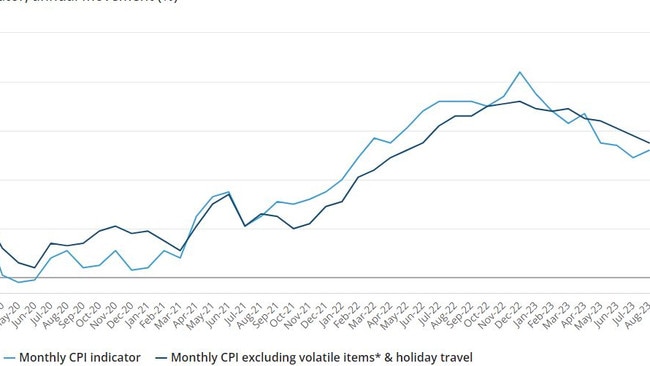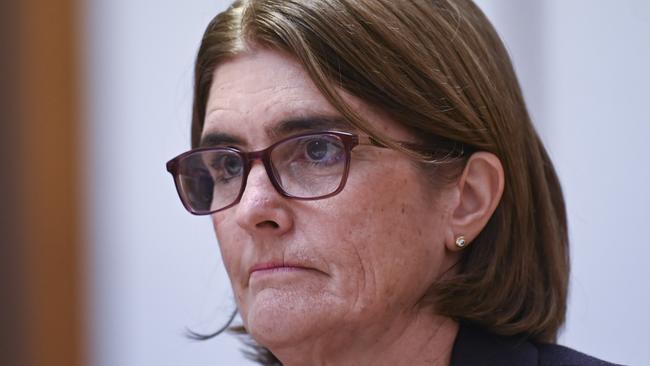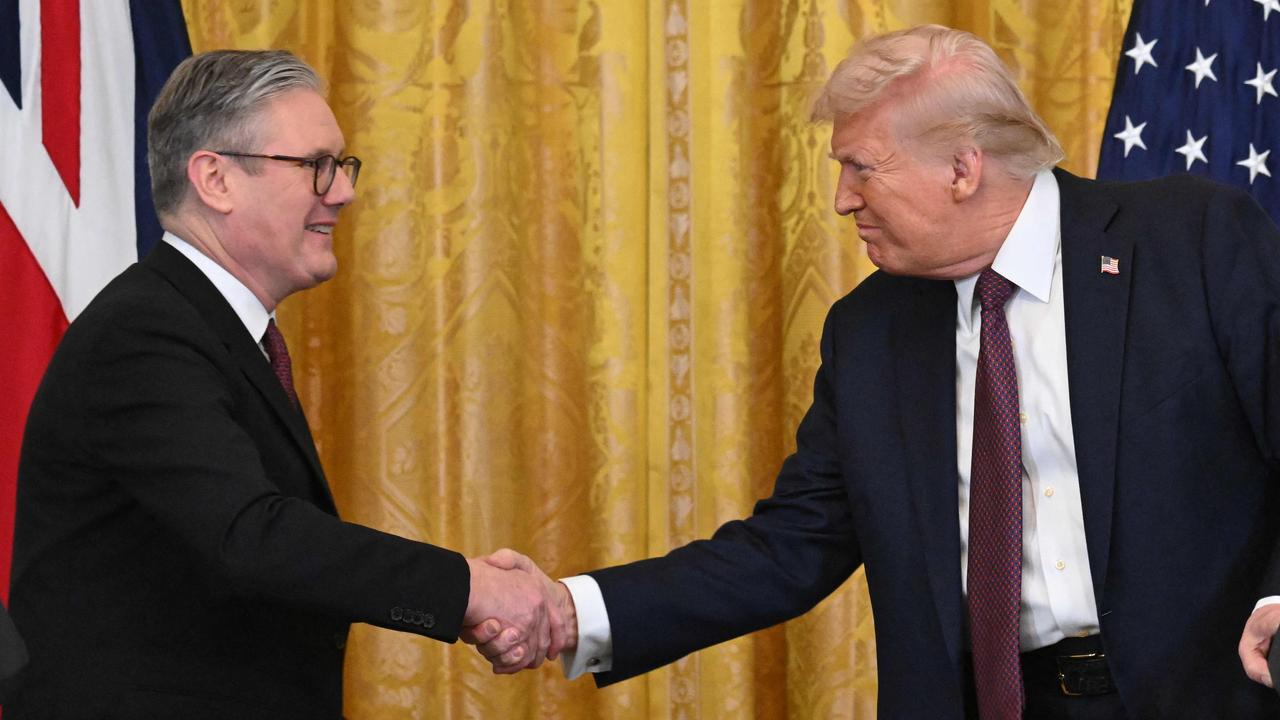Experts predict interest rates may not start to fall until 2025
There’s been a dire prediction about interest rates that no Aussie wants to hear, ahead of the RBA’s monthly rate decision today.

Interest Rates
Don't miss out on the headlines from Interest Rates. Followed categories will be added to My News.
In dire news for Australians struggling with the cost of living crisis, some economists have warned interest rates won’t begin falling until 2025.
Bond markets, which forecast future interest rates, are suggesting that interest rate cuts may no longer be on the cards for 2024, and it’s a view shared by a former senior economist at the Reserve Bank of Australia (RBA).
Challenger chief economist Jonathan Kearns, who was head of domestic markets at the RBA until March this year, told news.com.au that he doesn’t see interest rates falling until 2025.
Mr Kearns told news.com.au that Australia was now facing “a long plateau rather than a peak in rates” and that “if there is a move in the next 12 months I think it’s more likely to be up than down”.

Mr Kearns’ view is not held by everyone. Of 42 economists surveyed by The Australian Financial Review only five predicted rate cuts will be off the table for 2024.
But the timeline for when the first cut may occur is slowly slipping among economists still forecasting interest rate cuts in 2024.
Late last year, the midpoint of when economists surveyed thought rates might start to fall was February 2024, which then pushed out to May 2024.
Now, it sits at August 2024.
Concerns about high inflation in the services industry and the strength of the job market are the key reasons economists believe interest rate cuts might be put on ice for longer.
Australian Bureau of Statistics (ABS) data released last week showed that in August, the consumer price index also increased for the first time since May, with rising petrol prices and rents pushing overall prices up 5.2 per cent, compared to a rise of 4.9 per cent in July.
But, in making its interest rate decisions, the RBA focuses on ‘core inflation’, which strips out volatile items like petrol and fruit and vegetables from the figures.
On this measure, inflation in August was 5.5 per cent, down from 5.8 per cent in July.

Mr Kearns flagged increasing rents, rising electricity prices, high oil prices filtering through to the petrol pump and the speed of wage growth to all be of concern when it comes to the “persistent inflation” that is impacting the interest rate outlook.
Wages growth without a corresponding increase in productivity, in particular, could “bake in higher ongoing inflation”, he said.
Mr Kearns said a lag between wage growth and when it shows up in inflation makes it difficult to predict its impact, however the recent small rise in the unemployment rate should take some of the pressure off wages.

When it comes to Tuesday’s interest rate decision there is largely consensus, with Mr Kearns, along with all economists surveyed by Finder predicting that the RBA will leave interest rates on hold, while bond traders put the chance of an increase at just 10 per cent.
But the odds of one final interest rate rise before the end of 2023 appear to be increasing, with The Australian Financial Review’s survey of economists revealing that half are forecasting another 0.25 per cent increase, lifting the official cash rate to 4.35 per cent before 2023 is through.
Likewise, bond traders see another increase in 2023, putting the possibility at 62 per cent.
If the RBA does opt to lift rates again, it’s expected to do so in November following the release of the quarterly consumer price index report on October 25.
Originally published as Experts predict interest rates may not start to fall until 2025




